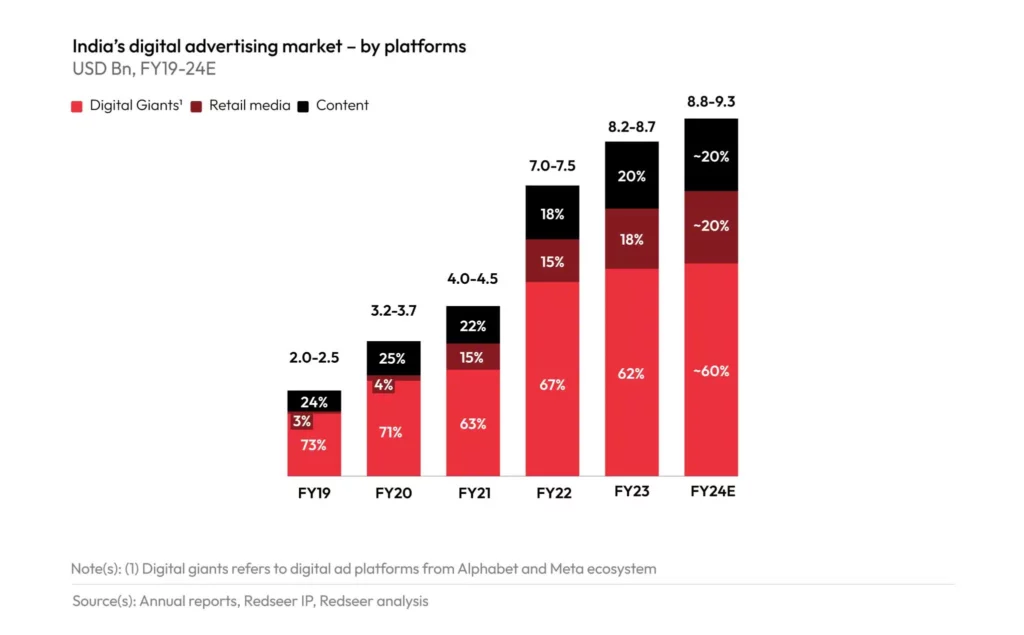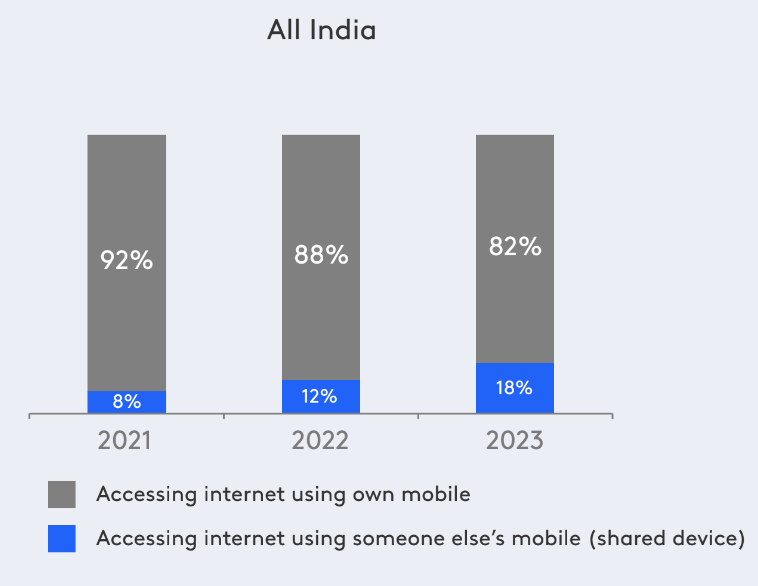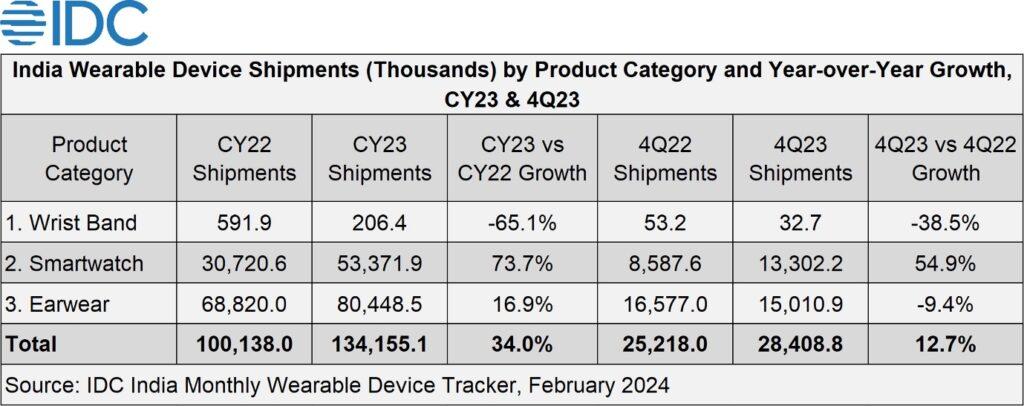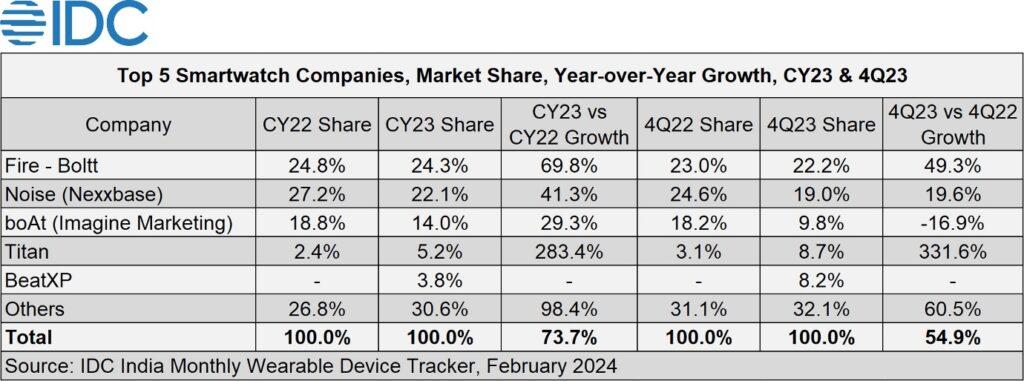Turmoil at OpenAI, again!!! And, this could jeopardize the plans of the not-for-profit organization, which would have a far-reaching impact.
Elon Musk said that OpenAI should be renamed ‘super closed source for maximum profit AI’! OpenAI didn’t agree though, but they’re still raising billions of dollars.
Now, people are asking: Is #OpenAI really a non-profit as they say, or are they more focused on making money?
Quite recently, renowned billionaire entrepreneur Elon Musk has filed a lawsuit against the ChatGPT creator OpenAI and its CEO Sam Altman, alleging the departure from the startup’s core mission of developing AI for the greater good rather than commercial gain. There are some other puzzling allegations in Musk’s suit, like the one that OpenAI has become “a closed-source de facto subsidiary” of Microsoft that is focused on making money instead of benefitting humanity.
In doing so, Elon’s lawsuit claims that OpenAI abandoned its original nonprofit mission that he helped to raise funds.
In Musk’s view, this constitutes a breach of a contract. While Musk’s complaint mentions an OpenAI “founding agreement,” no formal agreement has been made public yet.
However, Microsoft’s president, Brad Smith, told the Financial Times that while the companies were “very important partners”, “Microsoft does not control OpenAI”.
This is not the first time Elon Musk has been furious about OpenAI’s future directions and strategies. In 2018, He left OpenAI’s board following disagreements with Altman on research direction.
In response to Elon Musk’s lawsuit, OpenAI stated that he once sought “complete control,” which included “majority equity, initial board control, and becoming the CEO through a merger with Tesla.” However, Mr. Altman and other board members resisted this proposal, citing their belief that it went against the organization’s mission to prevent any individual from having absolute control over OpenAI.
Subsequently, OpenAI established a for-profit entity while maintaining the structure of the original non-profit.
In emails from January 2018 reproduced by OpenAI, Musk agreed with an unnamed sender who encouraged the startup’s co-founders to rely on Tesla as their “cash cow.”
Going into the first quarter of 2018, Tesla reported a cash balance of $3.4 billion after it reported a net loss of $2.24 billion for the full year in 2017, while the revenue for the same year reached $11.8 billion.
In November, Musk said OpenAI transformed from an “open source foundation” to a multibillion-dollar “for-profit corporation with closed source.”
Currently, OpenAI has raised a total funding of more than $13 billion in six rounds, and Sam Altman seeks $7 Trillion from investors, especially from those in the U.A.E., to reshape the business of chips and AI.
Now, OpenAI is reportedly building another model, Q*, that will be even more powerful and capable than GPT4. The company argues that OpenAI is committed under the terms of its founding agreement to make such technology available publicly.
Musk’s lawsuit and OpenAI’s response could result in a rollercoaster ride for a few months for the company, including board room drama, a reshuffling of the board, and an investigation by financial regulators. But the damages could not be limited only to all that. The potential investors who may be interested in Sam Altman’s $7 trillion investment plan may also opt for a wait-and-watch strategy, resulting in a big setback for him as well as the company.
However, it’s important to remember that the true success of AI startups should be judged by their positive impact on the world, not just their profits.
Finding the right balance between profitability and societal welfare is key to ensuring AI benefits everyone.
Elon Musk or Sam Altman, who’s right in this situation? Well, that’s up for debate!






















